Toxic Ingredients in Skincare | 12 Harmful Ingredients You MUST Avoid!
September 22, 2020BruceDayne#DMTBeautySpot #beauty
Guys, do you really know what’s in your grooming products?
Do you REALLY know ALL of the ingredients?
Odds are you don’t.
Your skin is like a sponge, whatever you put on it will go into your body.
That is why it is so important to know what toxic ingredients in skincare you should avoid.
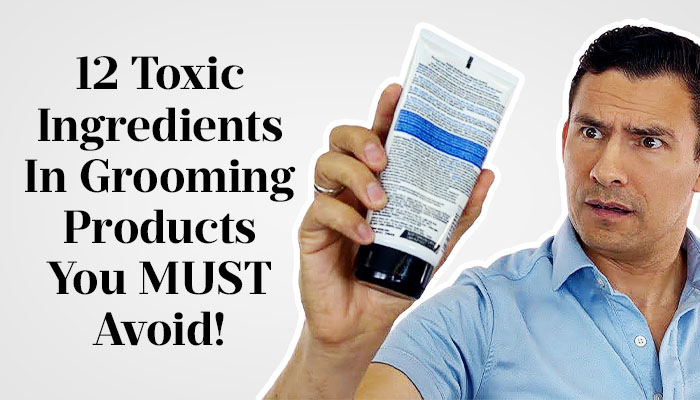
Today, I have a list of the 12 most toxic ingredients found in most grooming products that you must avoid!
Click Here To Watch The Video – 12 Toxic Ingredients You Need To Avoid!
Today's article is sponsored by my natural men's grooming company VITAMAN.
Full transparency – VITAMAN is my company. But we have the BEST all-natural men's grooming products you'll find anywhere online. We use natural ingredients and and you won't find toxins, chemicals or artificial fragrances in any of our products. Click here to check out VITAMAN's amazing of all-natural men's products today!
Toxic Ingredients in Skincare – Contents
- Parabens
- Phthalates
- Formaldehyde
- Fragrance/Parfum
- Mineral Oil
- Butylated Hydroxytoluene (BHT)
- Aluminum
- Coal Tar Dyes
- PEG Compounds
- Siloxanes
- Triclosan
- Plastic Microbeads
1. Parabens
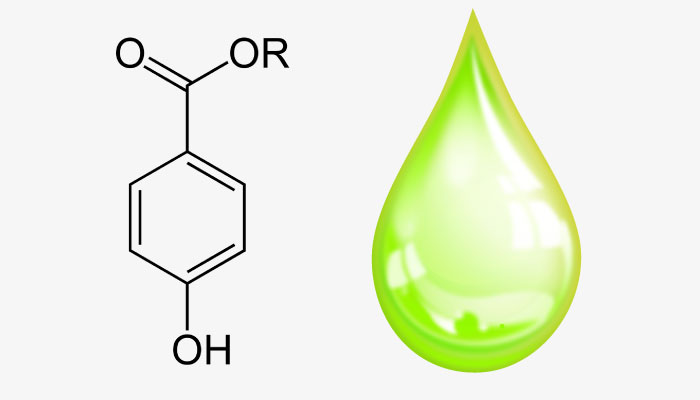
What are Parabens?
Invented in the 1950s, parabens are a group of chemical preservatives. Parabens allow a longer self-life for grooming products. They prevent the growth of mold and bacteria.
Why are Parabens Bad for You?
Parabens are linked to cancer and hormone disruption. They can also elevate the chance of cellular damage from UV exposure. Parabens have been known to lead to causing allergic reactions are well.
![]() Want a quick reference guide? Click here to download VITAMAN's FREE PDF – 12 Toxic Ingredients to avoid.
Want a quick reference guide? Click here to download VITAMAN's FREE PDF – 12 Toxic Ingredients to avoid.
What products are Parabens in?
Shampoo, conditioner, body wash & moisturizer
What are Parabens Labeled as on Products?
Methylparabens, Propylparabens, Butylparabens and Ethylparabens.
2. Phthalates
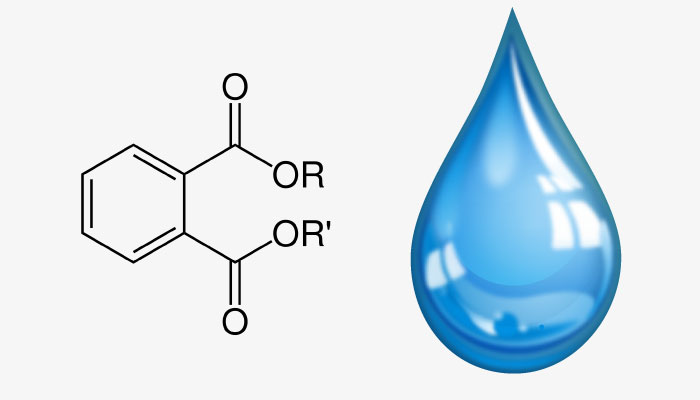
What are Phthalates?
Phthalates are a group of chemicals in most plastic containers that hold your grooming products in them. They maintain the quality of the plastic and prevent it from becoming brittle.
Why are Phthalates Bad for You?
Studies done at Harvard, in conjunction with the CDC (Center of Disease Control), have found links to birth defects and hormone disruption when Phthalates are used. The FDA (Food and Drug Administration) are currently monitoring Phthalates.
What Products Use Phthalate?
Most grooming products in plastic containers including shampoo, deodorant lotion and fragrance.
What are Phthalates Labeled as on Products?
Diethylphthalate, Monoethylphthalate and anything containing the word phthalates.
3. Formaldehyde
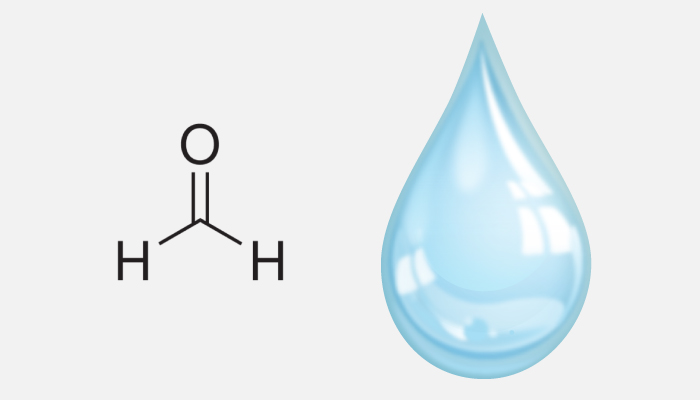
What is Formaldehyde?
Formaldehyde used to preserve corpses. You are putting this on your skin… But in grooming products, formaldehyde prevents microbiological growth.
Why is Formaldehyde Bad for You?
Asthma, neurotoxicity and developmental toxicity are all linked to formaldehyde. On top of all of that, Formaldehyde is also a carcinogen.
What Products Use Formaldehyde?
Shampoos, soaps, lotions and deodorants
What is Formaldehyde Labeled as on Products?
Formic Aldehyde and Methanediol.
4. Fragrance/Parfum
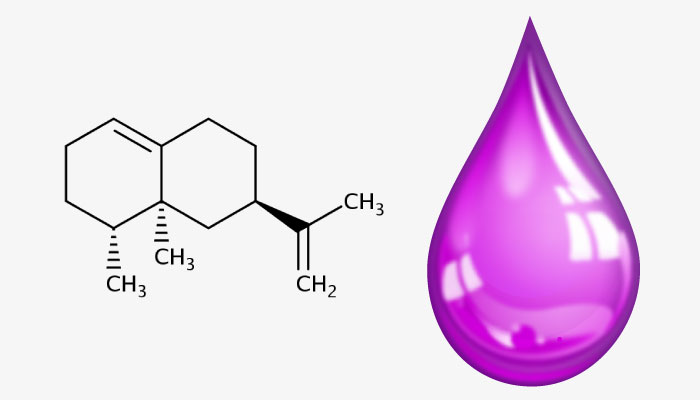
What is Fragrance?
No I’m not talking about the kind of fragrance you spray on you. A catch-all term, fragrance is a cocktail of irritants, allergens and carcinogen.
It's impossible to know exactly what is in every fragrance cocktail. Manufactures disclose it. This is due to “Fair Packaging and Labeling Act of 1966.”
Why are Fragrances Bad for You?
These fragrances can contain synthetic, preservative or allergy-provoking substances that you should know about.
What Products Use Fragrances?
Shampoos, conditioners, moisturizers and just about any other skincare product.
5. Mineral Oils

What are Mineral Oils?
Used to keep your skin hydrated, mineral oil is a clear, odorless liquid. It does this by locking in moisture with a barrier on your skin’s surface.
Why are Mineral Oils Bad for You?
Mineral Oil exposure increases your risk of non-melanoma skin cancer.
What Products Use Mineral Oils?
Moisturizers and hair conditioners
What are Mineral Oils Labeled as on Products?
“Paraffinum Liquidum”, “Petrolatum”, “Cera Microcristallina”, “Microcrystalline Wax”, “Ozokerite”, “Ceresine Isoparaffin”, “Paraffin” and “Synthetic Wax”.
6. Butylated Hydroxytoluene (BHT)
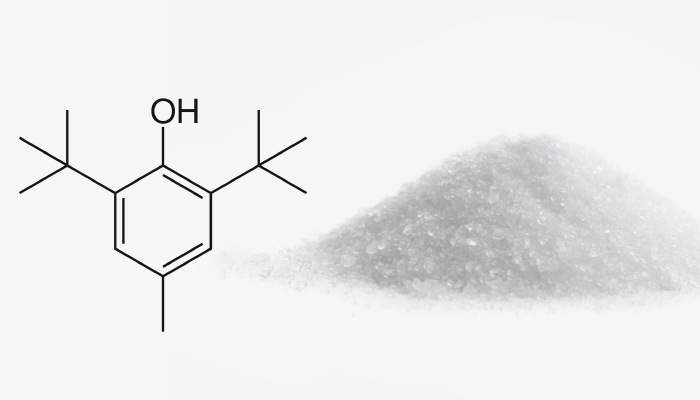
What is BHT?
BHT is a synthetic ingredient made in a laboratory used as a preservative in grooming products.
Why is BHT Bad for You?
BHT disrupts testosterone levels, induces allergic reactions and disrupts hormones. BHT causes kidney, thyroid and liver problems in mice after long term exposure.
What Products use BHT?
Moisturizer, anti perspirant and exfoliators.
What is BHT Labeled as in Products?
Butylated Hydroxytoluene is listed as BHT.
7. Aluminum

What is Aluminum?
Found in soda cans, aluminum reduces wetness and sweat by blocking your skin pores. This blockage leads to your body not being able to cleanse itself properly.
Why is Aluminum Bad for You?
Aluminum blocks your pores preventing your body to cleanse itself correctly. It also has been shown to increase your chances of developing Alzheimer’s Disease.
What Products Use Aluminum?
Deodorants and antiperspirants
What is Aluminum Labeled as In Products?
Aluminum or Aluminum Zirconium Tetrachlorohydrex GLY and Aluminum Chlorohydrate.
8. Coal Tar Dyes
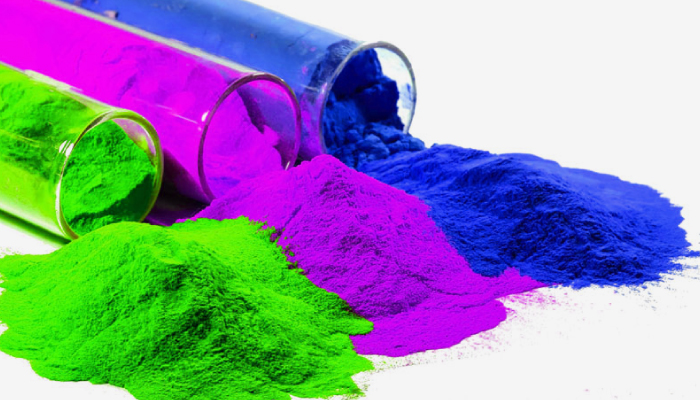
What are Coal Tar Dyes?
Next on the list of toxic ingredients in skincare, Coal tar is made from petroleum. This mixture of chemicals as a treatment for dandruff, seborrhea and psoriasis.
Why are Coal Tar Dyes Bad for You?
Coal tar dyes contain small amounts of heavy metal additives such as aluminum. Coal tar is also a brain toxin and carcinogen.
What Products use Coal Tar Dyes?
Hair dyes, dandruff treatments and other hair products
What are Coal Tar Dyes Labeled as in Products?
Coal tar dyes are identified by a “five-digit Color Index (C.I.) number.” The U.S. color name may also be listed (“FD&C” or “D&C” followed by a color name and number).
9. PEG Compounds
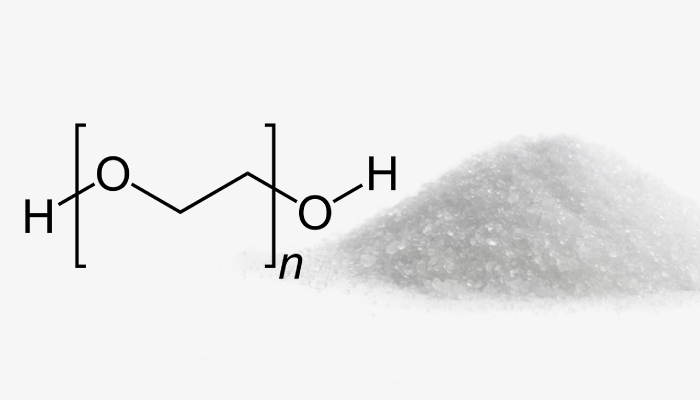
What are PEG Compounds?
Polyethylene Glycols are compounds based in petroleum. PEGs used in grooming products as thickeners, moisture-carriers, solvents and softeners.
Why are PED Compounds Bad for You?
PEDs reduce your skin’s moisture levels and speed up skin aging. If used on broken skin, they can cause irritation on the skin and can cause toxicity.
What Product uses PED Compounds?
Moisturizer
What are PEG Compounds Labeled as in Products?
Poly(ethylene oxide) and Poly(oxyethylene).
10. Siloxanes
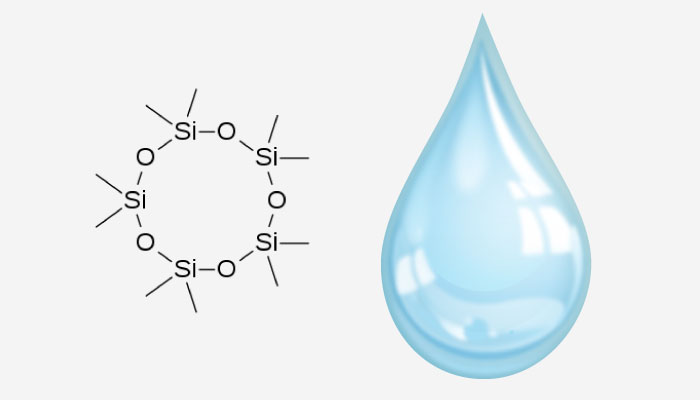
What are Siloxanes?
Siloxanes help to make hair products dry quickly. Moisturizers use siloxanes to help the application to your skin.
Why are Siloxanes Bad for You?
Interfering with hormone function, siloxanes can cause liver issues and reproductive issues.
What Product uses Siloxanes?
Moisturizers and hair styling aids
What are Siloxanes Labeled as in Products?
Cyclotetrasiloxane and Cyclopentasiloxan
11. Triclosan
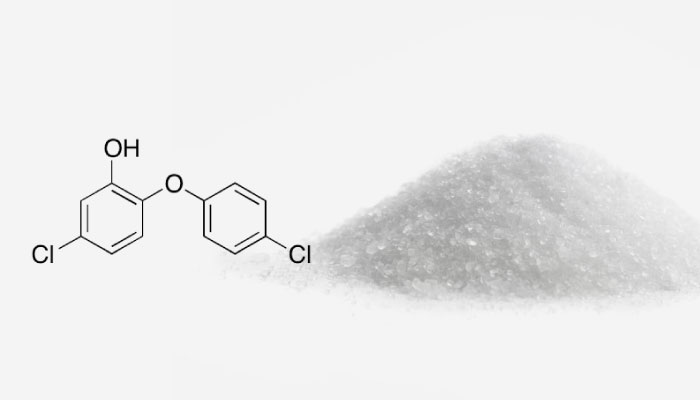
What is Triclosan?
Triclosan is a preservative that helps stop bacteria from growing on grooming products. It is also a biocide which helps preserve personal care items.
Why is Triclosan Bad for You?
Ticlosan can cause a weakening of the immune system and it can also cause developmental and reproductive toxicity.
What Products Use Triclosan?
Antibacterial soaps, deodorants, face washes and shower gels.
What Triclosan is Labeled as on Products?
Hydroxydiphenyl Ether
12. Plastic Microbeads
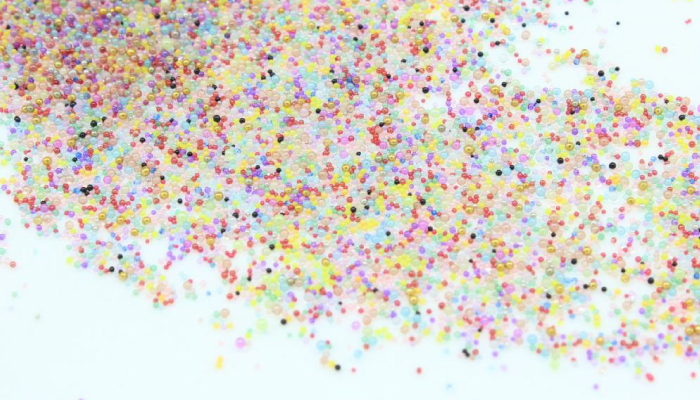
What are Plastic Microbeads?
Microbeads are small plastic particles. Made of Polyethylene that are less than 5mm, The microbeads are unable to dissolve in water. Exfoliating products use plastic microbeads.
Why are Plastic Microbeads Bad for You?
These microbeads can enter your body through dermal absorption and can get into your eyes under the eyelid and scratch your eyeball. Furthermore, prolonged use of these can also lead to scarring and infections leaving your skin with abrasions.
They also are harmful to the environment as they are so small they pass through filtration plants and can be found in the Arctic sea-ice on the ocean floor. For example, a single shower can result in 100,000 plastic particles entering the ocean.
What Products Use Plastic Microbeads?
Face Scrubs and body scrubs
What Plastic Microbeads are Labeled as on Products?
Olyethylene (PE), Polyethylene Terephthalate (PET), Nylon (PA) Polypropylene (PP) and Polymethyl Methacrylate (PMMA)
Toxic Ingredients in Skincare – Summary
Now you know the main 12 toxic ingredients in skincare you need to avoid.
When you're shopping, be on the look out for all of these as they can be labeled many different things and be harmful to you.
What should you read next?
Click here to check out to read the 7 Shower Hacks that will change the way you shower forever or check out more related article below!
The post Toxic Ingredients in Skincare | 12 Harmful Ingredients You MUST Avoid! appeared first on Real Men Real Style.
No related posts.
DMTBeautySpot
via https://www.DMTBeautySpot.com
Antonio, Khareem Sudlow
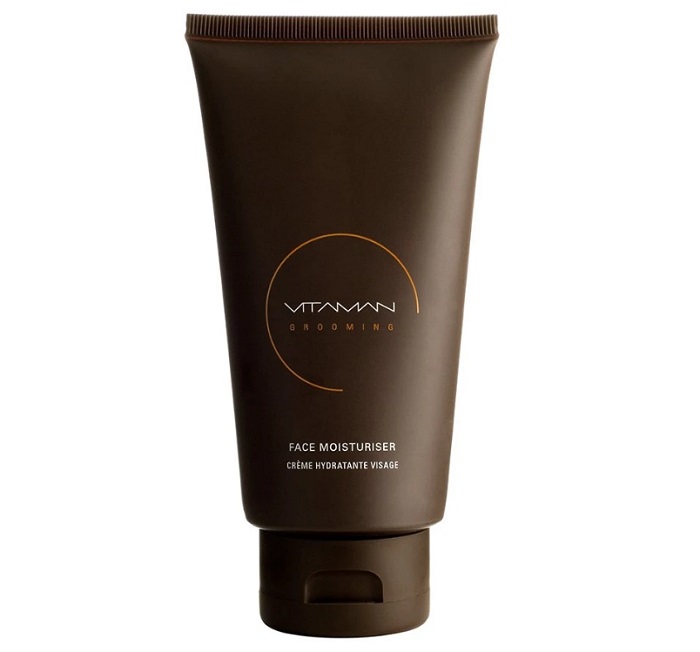
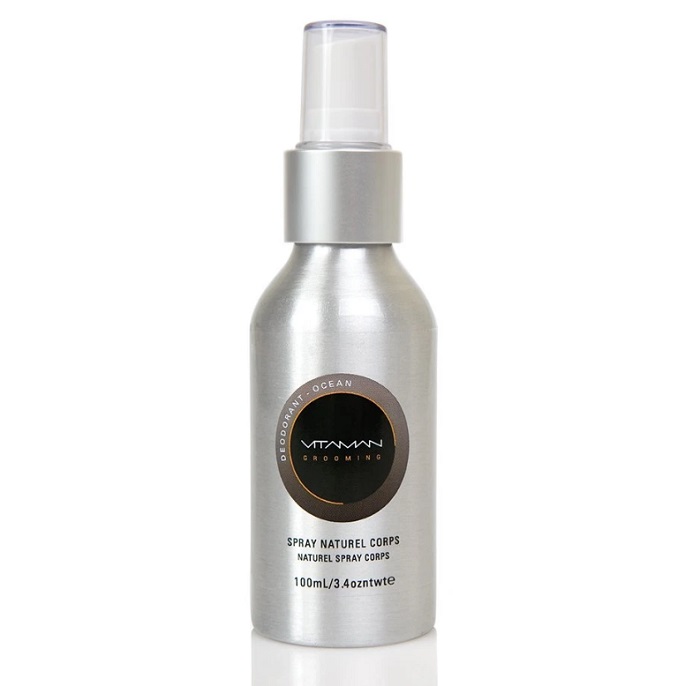
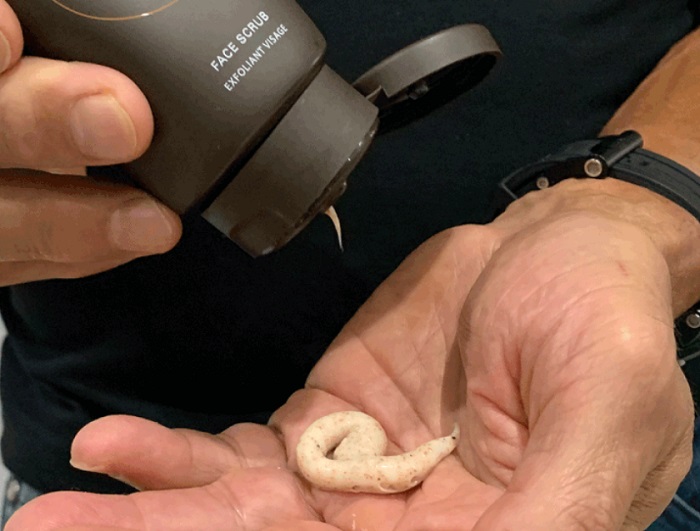


0 comments